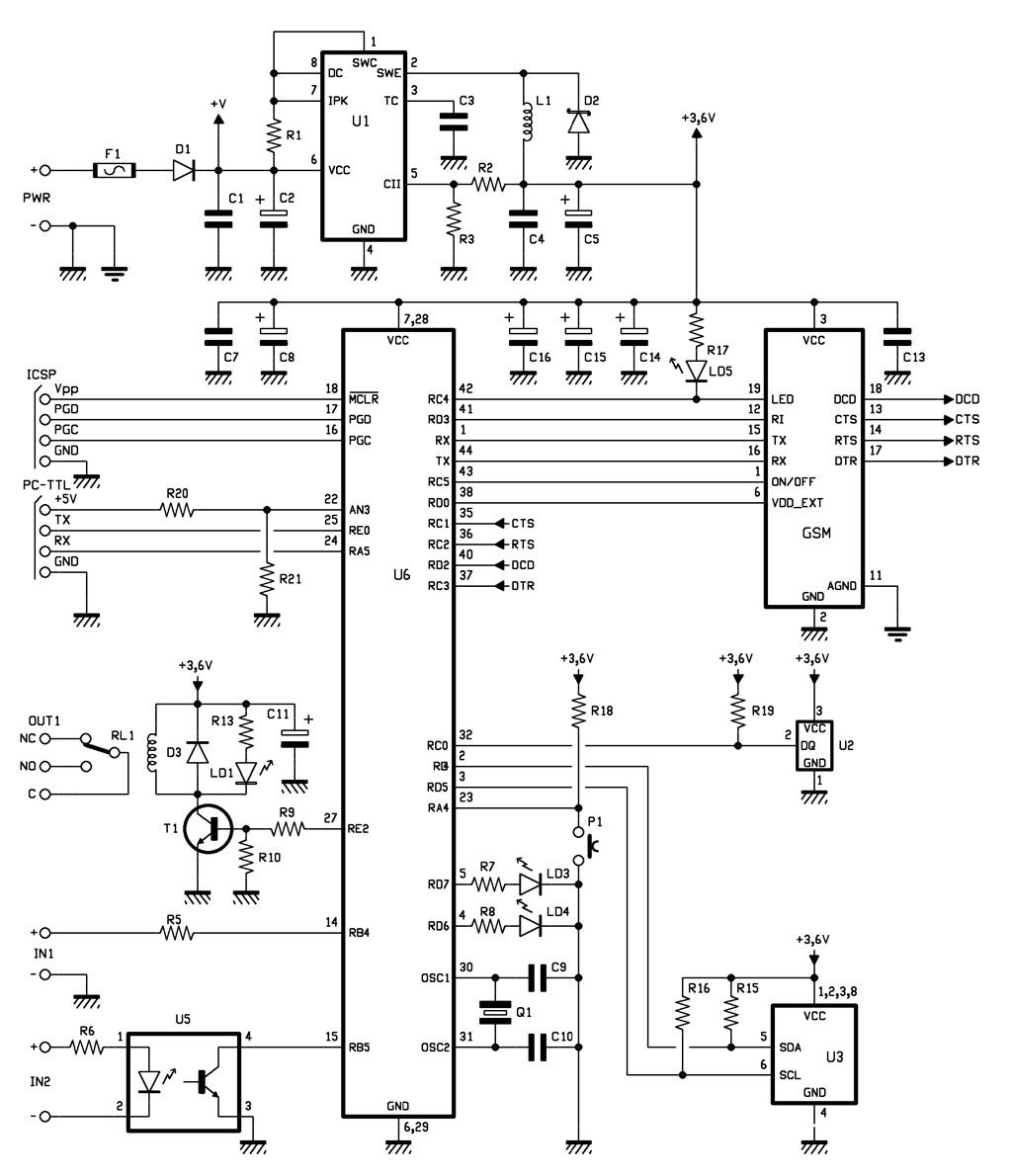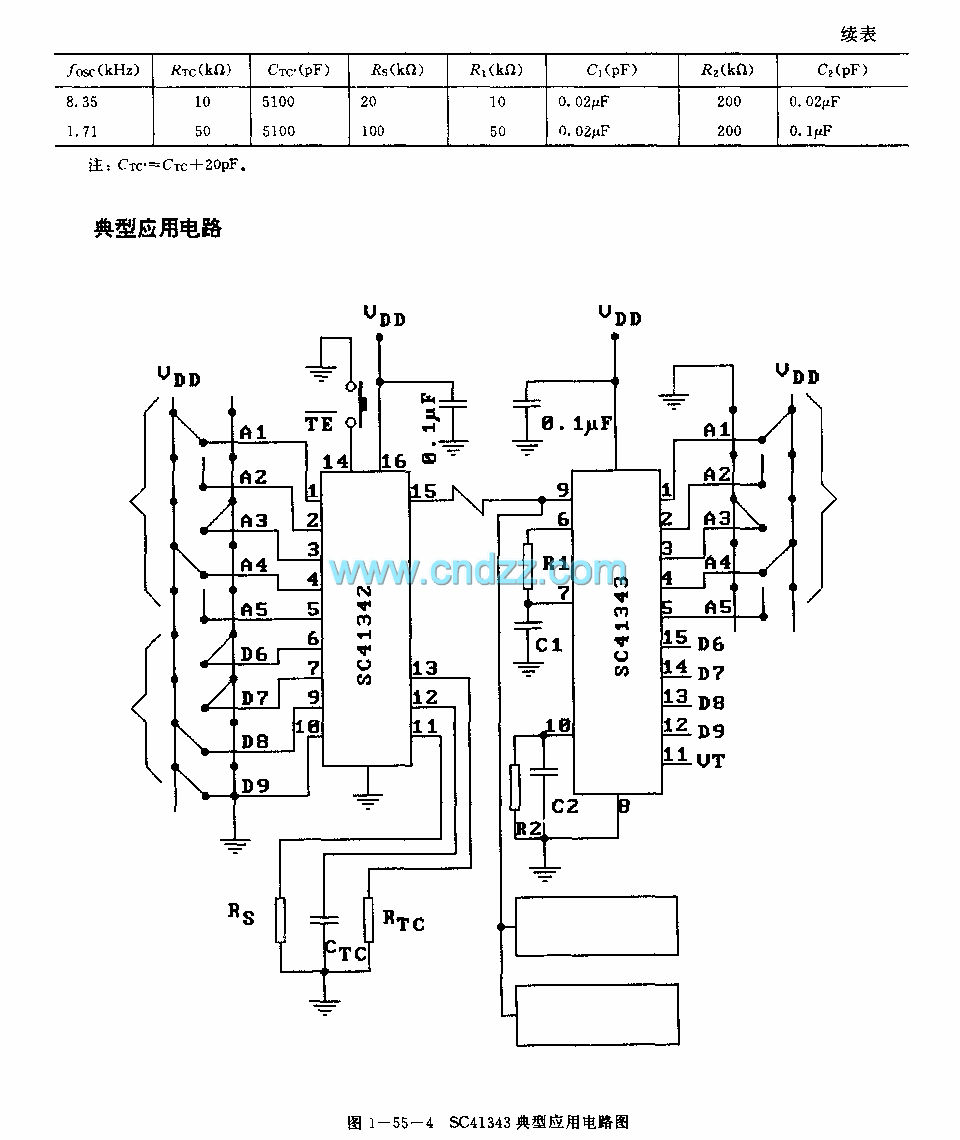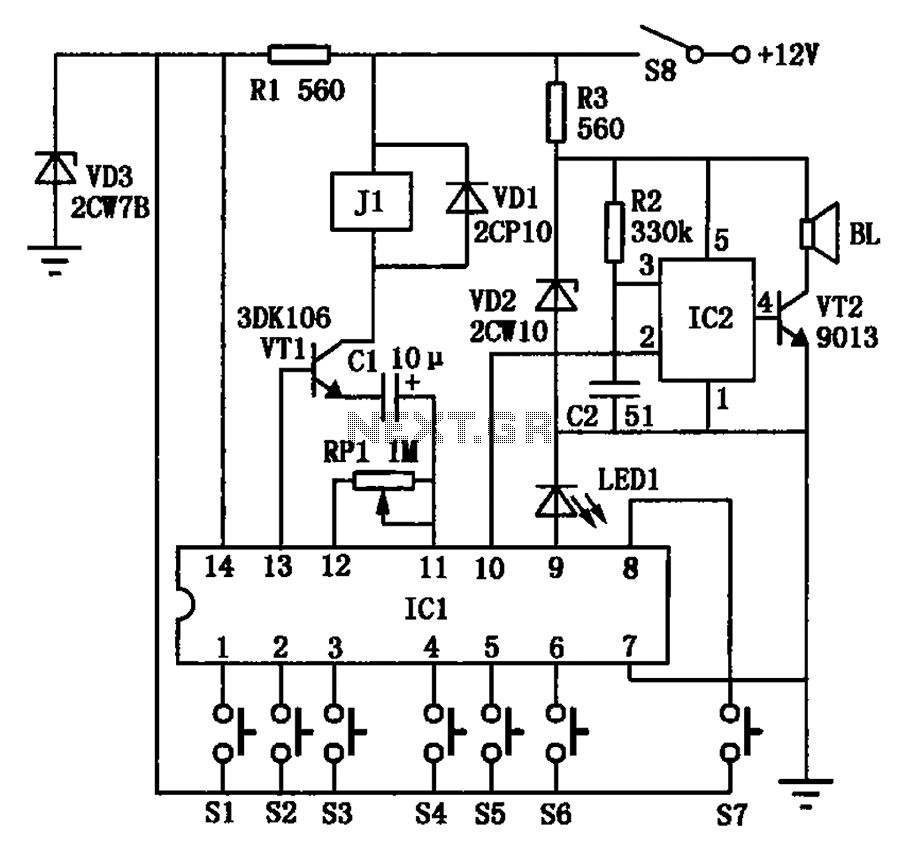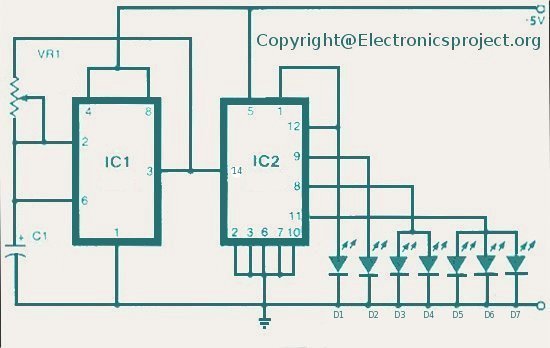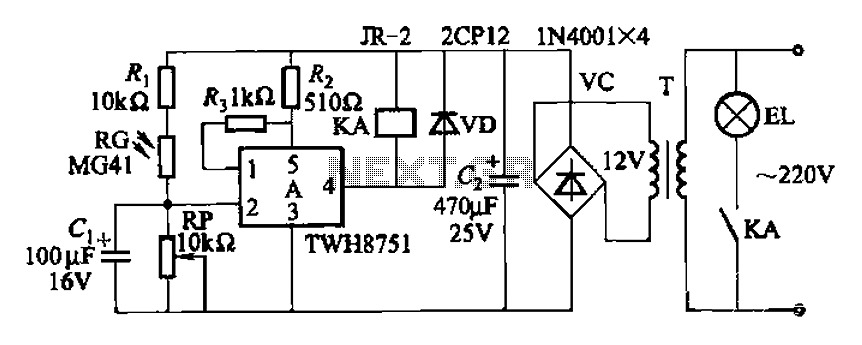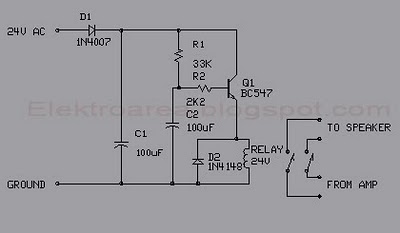
Application circuit temperature sensor

A diode is utilized in a temperature sensor application circuit. Silicon diodes VD1 and VD2 serve as the temperature sensors, exhibiting a temperature coefficient of silicon diodes. The circuit includes a constant current source, VT1, which provides a steady current to VD1 and VD2. Amplifier A2 converts the voltage changes corresponding to the temperature variations detected by VD1 and VD2 to a desired amplification level. The output from A2 can be connected to an analog voltage meter, functioning as a thermometer.
The described temperature sensor circuit employs two silicon diodes, VD1 and VD2, which are sensitive to temperature changes. The forward voltage drop across these diodes varies with temperature, allowing them to serve effectively as temperature sensors. The temperature coefficient of silicon diodes is approximately -2 mV/°C, indicating that for every degree Celsius increase in temperature, the forward voltage drop decreases by about 2 millivolts.
The constant current source, VT1, is crucial for maintaining a stable operating point for the diodes. This configuration ensures that the diodes operate in their forward-biased region, where the relationship between temperature and voltage is linear and predictable. By providing a constant current, fluctuations in supply voltage or load do not affect the performance of the temperature sensing mechanism.
Amplifier A2 plays a vital role in the circuit by amplifying the small voltage variations produced by the diodes as they respond to temperature changes. The gain of the amplifier can be adjusted to ensure that the output voltage corresponds to a usable range for display or further processing. This output can be directly connected to an analog voltage meter, which will visually indicate the temperature based on the amplified voltage signal.
Overall, this circuit provides a simple yet effective means of measuring temperature with the use of silicon diodes, a constant current source, and an operational amplifier, making it suitable for various applications in temperature monitoring and control systems. As shown, a diode as a temperature sensor application circuit. Circuits, silicon diodes VD1 and VD2 as a temperature sensor, a temperature coefficient of silicon diode ZmV/. A1 and VT1 constant current source circuit, and the like, to provide a constant current VD1 and VD2. A2 amplifier, the temperature corresponding to VD1 and VD2 voltage change to the desired zoom level. If the output of A2 access can constitute an analog voltage meter thermometer.
The described temperature sensor circuit employs two silicon diodes, VD1 and VD2, which are sensitive to temperature changes. The forward voltage drop across these diodes varies with temperature, allowing them to serve effectively as temperature sensors. The temperature coefficient of silicon diodes is approximately -2 mV/°C, indicating that for every degree Celsius increase in temperature, the forward voltage drop decreases by about 2 millivolts.
The constant current source, VT1, is crucial for maintaining a stable operating point for the diodes. This configuration ensures that the diodes operate in their forward-biased region, where the relationship between temperature and voltage is linear and predictable. By providing a constant current, fluctuations in supply voltage or load do not affect the performance of the temperature sensing mechanism.
Amplifier A2 plays a vital role in the circuit by amplifying the small voltage variations produced by the diodes as they respond to temperature changes. The gain of the amplifier can be adjusted to ensure that the output voltage corresponds to a usable range for display or further processing. This output can be directly connected to an analog voltage meter, which will visually indicate the temperature based on the amplified voltage signal.
Overall, this circuit provides a simple yet effective means of measuring temperature with the use of silicon diodes, a constant current source, and an operational amplifier, making it suitable for various applications in temperature monitoring and control systems. As shown, a diode as a temperature sensor application circuit. Circuits, silicon diodes VD1 and VD2 as a temperature sensor, a temperature coefficient of silicon diode ZmV/. A1 and VT1 constant current source circuit, and the like, to provide a constant current VD1 and VD2. A2 amplifier, the temperature corresponding to VD1 and VD2 voltage change to the desired zoom level. If the output of A2 access can constitute an analog voltage meter thermometer.
